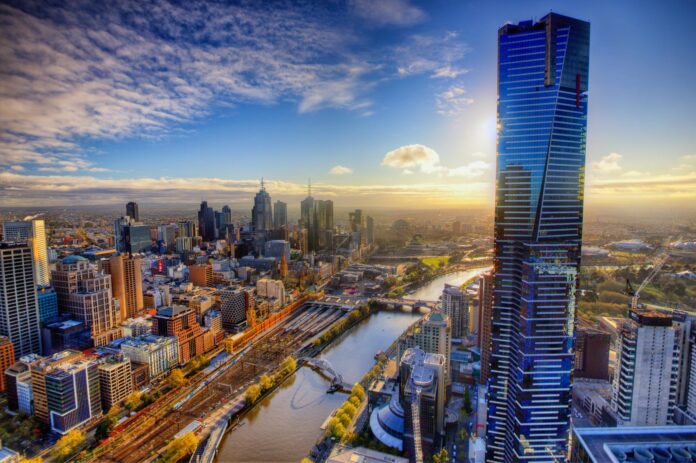[ad_1]


Key takeaways
Australia is going through an infrastructure boom.
This follows from a building boom and before that a resources boom.
In fact, Australia has experienced sequential economic booms: resources, building, and now infrastructure.
These booms are driven by powerful beneficiaries, dubbed the “Over World,” to prevent economic downturns or under the guise of urban improvement.
Current large-scale transport projects are marketed as city improvements but often fail to deliver significant benefits. These projects typically face delays, cost overruns, and questionable economic advantages, sometimes exacerbating existing problems.
Australia’s urban populations will continue to grow, and efforts should focus on enhancing city livability rather than trying to halt this growth.
Australia is going through an infrastructure boom.
This follows from a building boom and before that a resources boom.
Each boom was manufactured by the “Over World” as I like to label them – i.e. those that benefit the most – so that Australia doesn’t fall off the economic cliff or for some other altruistic reason such as “making our cities better”.
The current crop of major infrastructure, and in particular transport, projects planned across the country is being dressed up as “making our cities better”.

The big-ticket transport projects that get approved really don’t solve much – apart from giving the pollies a tool to campaign with and a photo op at the ribbon cutting somewhere later down the line.
They are almost always delivered later and at far greater expense than originally forecast.
Plus, their economic benefit is dubious at best and more often than not they actually add to the problem rather than make things better.
Our cities are going to get bigger.
We shouldn’t waste our time trying to stop this.
We should be making our cities better.
And that must start with a plan.
And frankly, I think it is very simple.
The plan involves just three things:
- Getting people to travel less.
- Getting people to travel at different times.
- Getting people to travel in different directions.
That’s it. This should be easy.
Just stop for a minute and think about the list above.
Travel less?
I work from home, it costs the government nothing and I (and the taxpayer too) save heaps.
I employ peeps when I need them and they work from their homes.
Most don’t need to sit on top of each other – in a downtown office somewhere – to get things done.
The cost of the major ticket infrastructure projects across Australia equates to about $300,000 per job, with no way of getting that money back.
Getting people to work from home costs nothing.
Zip.
In fact, we should get tax breaks, plus free WiFi etc.
At least there has been one good outcome from Covid.
Travel at different times?
We still go to work or school like it is the industrial age.
We don’t have human assembly lines anymore – well not in most Western countries – yet we still insist on being at work at 8.30 am so that we can all be ready to pull our level or push our button at the right synchronised time.
As for school terms and times, don’t get me started.
Working four days a week – but I stress really working and not doing socials – and not all of us working the same four days each week, will help too and apparently help with climate change too.
Win-Win!
Well, I am not convinced that we can do anything much regarding a changing climate but you get my drift.
Travel in different directions
Make the amenity in our suburbs – where most live – equal, if not better than the inner city locales.
Start using the vacant shops and share land uses.
A bit of thinking out of the box is needed but it is simple once you start.
I use, for example, a local retail premise on a regular basis for work-related things.
Before we moved to Tasmania – and Mainlander we were full so don’t ask me! – I used to use my local public hall in Brisbane’s western suburbs.
I ran my master class sessions at that hall.
People came from Australia wide and everyone thought that the location was great, smart even, yet it was many miles from the CBD where typically such training events are held.
The market is already supporting this strategy.
In fact across most spheres, business is actually pushing this agenda.
Again the big pause has helped in this regard, yet politics, bureaucrats, regulations, vested interest groups plus the 24-hour media cycle remain – pardon the pun – roadblocks.
If we implement these three things, we can improve our cities and save many billions of dollars each year in wasted infrastructure spending and incidental costs caused by traffic congestion and unnecessary business expenses.
We might even spend the money on something that matters.
[ad_2]
Source link


